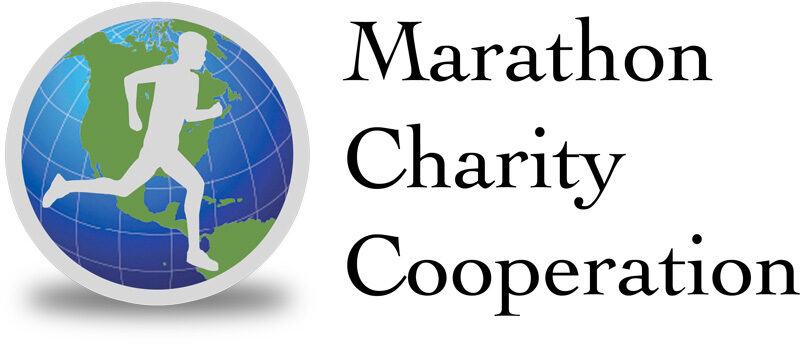No matter how many marathons you have under your belt, there’s always room for improvement.
The challenge is to find the right pace and stick to it. Training for the right pace takes self-discipline, time and a strong mental attitude.
Darris Blackford, Clif Bar Pace Team Leader and experienced marathoner, shares his insight when it comes to finding the perfect pace. “You need to train to run faster. If you train only one pace that is pretty much the pace you will race. But if you do shorter distances in training faster than race pace, you will be able to increase your speed when it comes to competition.”
Before you start training here are a few things to consider:
First, Find a Good Pair of Running Shoes
The investment in a pair of shoes will help prevent injury in the long run, especially with your joints and muscles. Plus, sneakers are really the only piece of equipment you need to run.
There are plenty of accessories you can purchase, but your priority to get started is to find a quality pair of shoes. You can go to any running store to speak with an expert about the best pair for you. It’s really interesting to see how your feet move when you run, so make sure you check it out.
Take Baby Steps
You’re not going to knock time off right away. Take your time to get into the groove with your pace. Set your goals and create a training plan. Start with speed intervals and up your distance.
Run at your normal pace for a few miles then up your speed for a mile or two. Back down to your original pace and continue your intervals until you are able to maintain your new pace.
“Besides doing speed work and longer runs faster than race pace, increasing mileage will make you stronger. So will doing races from time to time. And anytime you can train with faster runners, you will get faster yourself,” Blackford said.
Before you know it you’ll be shedding time off your miles. The key is to be patient and stick to your routine.
Find Support
Search for a running partner or running group for motivation. Ask running friends if are up for the challenge or go online and find a running club. “Running with a group is great,” Blackford said. “Not only can faster runners help you, but the camaraderie can’t be beat.
Plus, knowing your running friends are getting out for their workout can motivate you to do the same when it is cold, hot, raining or you otherwise don’t want to go.”
It’s OK if You Jump Around to Different Groups
Find one you feel comfortable with. Enjoy the company of other runners and who will make you stronger.
Blackford adds, “You don’t need to focus on only those people who will make you a better runner, but mix it up and look for people who are interesting, fun and may make you a better person.”
Manage Your Pace
The best way to find your pace is the “talk test.” If you can continue a conversation with others, then your pace is fine. If you find it hard to breathe, then slow down. As you continue to run with others your performance speed will pick up.
Blackford says, “You want to find a pace that you can handle and keep going to complete the distance you are racing…A sprint is do-able, but can you sprint a 5K, a half marathon or longer? Of course not. Find a pace that lets you go as far as the race.”
And when you’re ready to challenge yourself at your next event, look for a Clif Bar Pace Group to pace with and finish strong. Check out which race Clif Bar Pace Team will be at and find your perfect pace group on the Clif Bar Pace Team website.
Find the Right Accessories
A running watch is a good idea to keep track of your time. “A sports watch is ideal, since you will know how long it has taken you to run from point A to point B,” Blackford said, “Then you can compare your time from day to day, week to week, month to month and even year to year… There are many high-tech devices available for tracking pace, heart rate, etc., but in the end it is you against the clock.”
If you’re looking for a watch that will show your pace and distance, try looking into the Garmin 310XT or the Timex Global Trainer GPS.
It’s easy to up your speed and still enjoy your runs. “Don’t make running a job or chore,” Blackford said, “Make it fun and you will enjoy it for a lifetime.”
